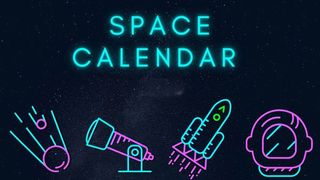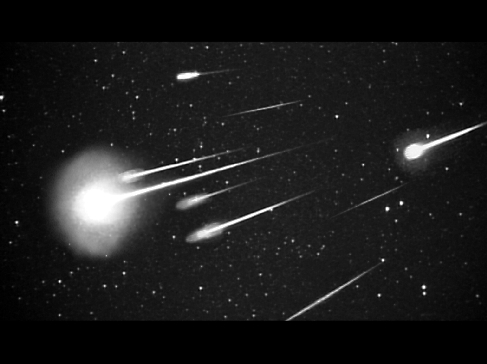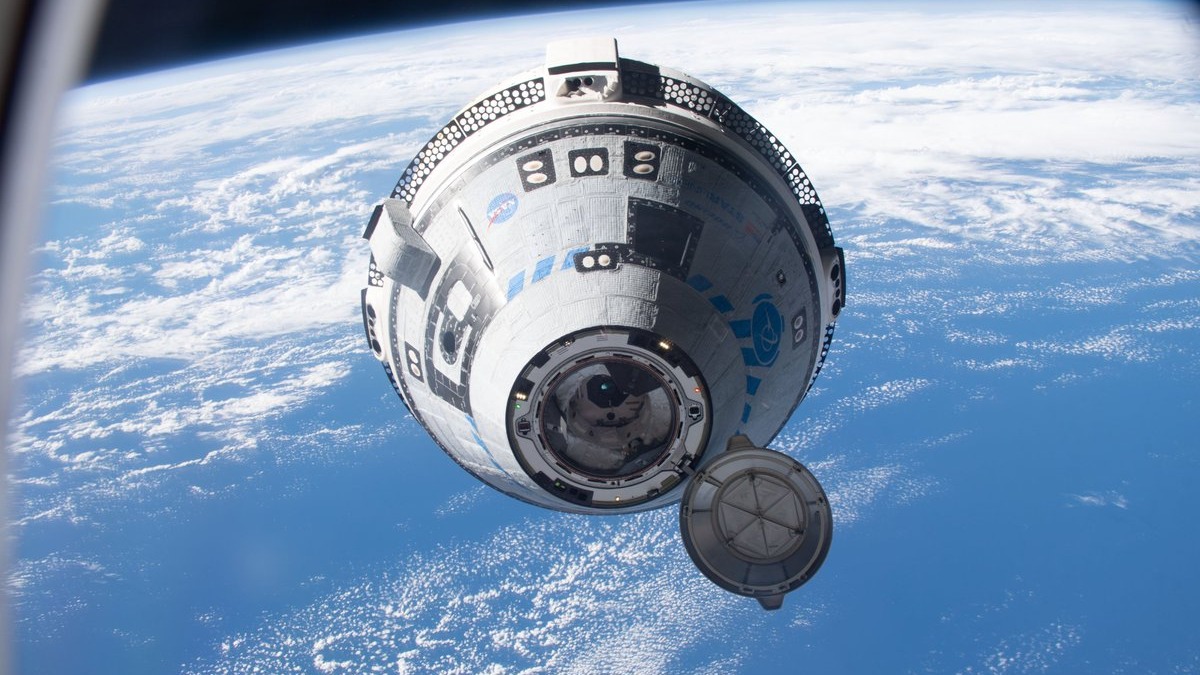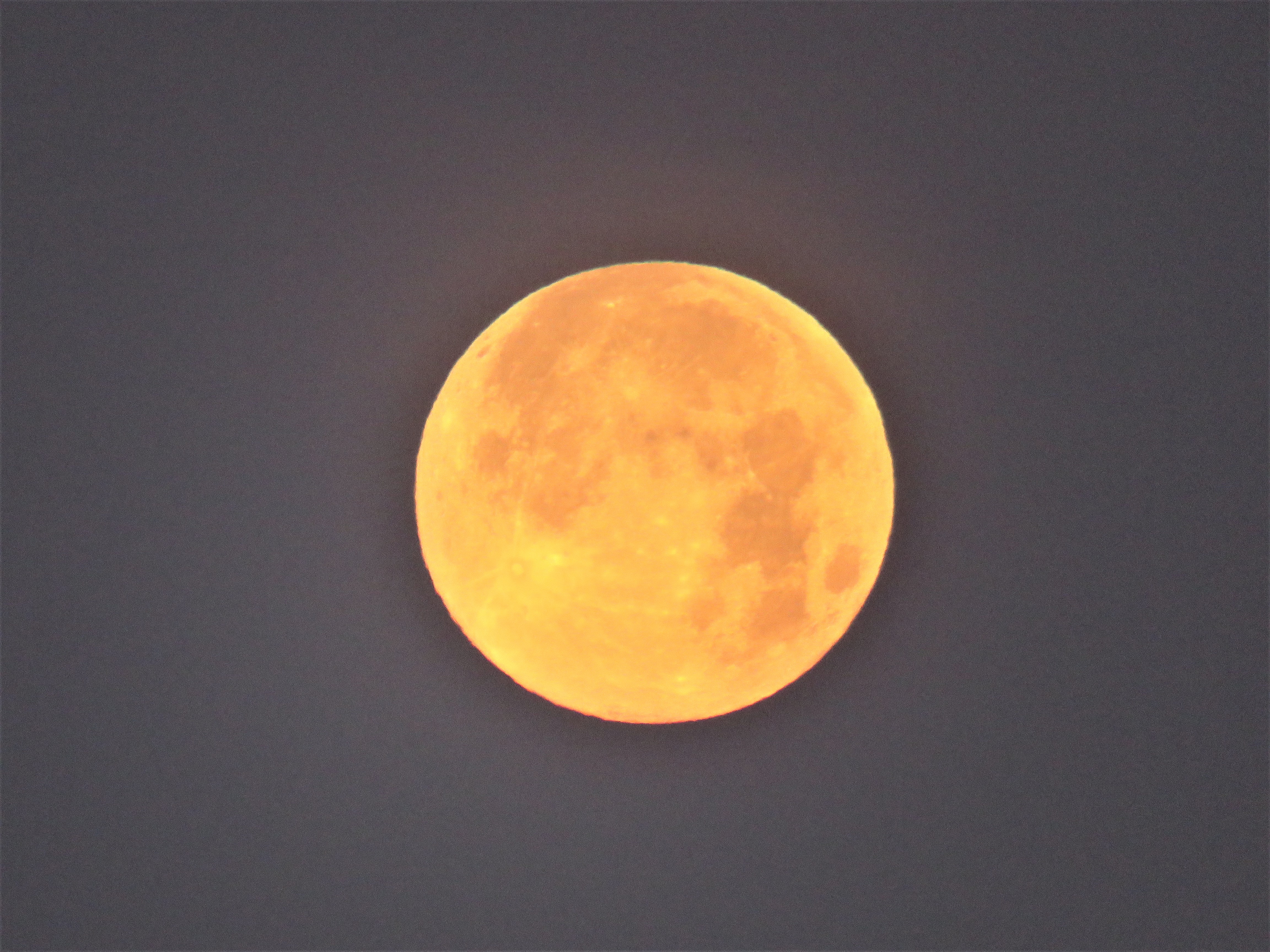Space calendar 2024: Rocket launches, skywatching events, missions & more!
Keep up to date with the latest space events with our 2024 space calendar!

2024 is a busy year for spaceflight and exploration enthusiasts with countless launches, mission milestones and skywatching events to look forward to.
With so much going on, it's hard to keep track of everything. Never fear — keep up with the latest events in our 2024 space calendar. You can also Find out what's up in the night sky this month with our visible planets guide and skywatching forecast.
Please note: Launch dates are subject to change and will be updated throughout the year as firmer dates arise. Please DO NOT schedule travel based on a date you see here. Launch dates are collected from NASA events, ESA news, Roscosmos space launch schedule, Spaceflight Now launch schedule, Everyday Astronaut, Supercluster and others.
Related: Wondering what happened today in space history? Check out our "On This Day in Space" video!
April

April 21: The Lyrid meteor shower peaks tonight!
The annual Lyrids meteor shower, derived from particles dropped by comet C/1861 G1 (Thatcher), runs from April 16 to 29. It will peak in intensity at approximately 3 am EDT on Monday, April 22, but meteors should be seen while the shower’s radiant point near the bright star Vega in Lyra rises in the eastern sky late on Sunday night, April 21. The Lyrids can produce up to 15-20 meteors per hour at the peak, with occasional fireballs, but a full moon will spoil the shower this year. For best results, try to view the meteors from a safe location that has a wide open sky free of light pollution. Hide the bright moon behind a building or tree and just look up.

April 23: April's full moon rises. The moon will officially reach its full phase at 7:49 p.m. EDT or 4:49 p.m. PDT or 23:49 GMT on Tuesday, April 23.
April’s full moon, commonly called the Pink Moon, Sprouting Grass Moon, Egg Moon, or Fish Moon, always shines in or near the stars of Virgo or Libra. The moon won’t look pink, though – the name arises from the forest wildflowers blooming in April. The indigenous Ojibwe groups of the Great Lakes region call the April full moon Iskigamizige-giizis “the Maple Sap Boiling Moon” or Namebine-giizis, “the Sucker Moon”. For them it signifies a time to learn cleansing and healing ways. The Cree of North America call it Niskipisim, “the Goose Moon” - the time when the geese return with spring. For the Mi’kmaw people of Eastern Canada, this is Penatmuiku’s, “the Birds Laying Eggs Time Moon”. The Cherokee call it Kawonuhi, “the Flower Moon”, when the plants bloom. Full moons always rise in the east as the sun sets, and set in the west at sunrise.

NET April 24: Rocket Lab will launch an electron rocket from its New Zealand launch site during a two-week launch window beginning April 24.
From the Rocket Lab website: "The ‘Beginning Of The Swarm’ mission is scheduled to launch from Rocket Lab Launch Complex 1 in Mahia, New Zealand during a 14-day launch window that opens on April 24th. Electron will carry two satellites for two separate customers: NEONSAT-1, an Earth observation satellite for the Satellite Technology Research Center (SaTReC) at the Korea Advanced Institute of Science and Technology (KAIST), and NASA’s Advanced Composite Solar Sail System (ACS3)."
May

May 6: A United Launch Alliance Atlas V rocket will launch Boeing's CST-100 Starliner spacecraft on its first crewed flight, with NASA astronauts and former Navy test pilots, commander Barry "Butch" Wilmore and pilot Suni Williams.
The Crew Test Flight to the International Space Station will lift off from Cape Canaveral Space Force Station, Florida, and last about a week. The short mission to the ISS aims to test out all major systems with astronauts on board. CFT follows two uncrewed flights by Starliner: A 2019 flight that did not reach the ISS as planned, and a 2022 attempt (following numerous changes to Starliner) that reached the ISS and met all other major flight objectives.

May 5: The Eta Aquarid meteor shower 2024 is active between April 15 and May 27 and peaks on the night of May 4 and predawn hours of May 5.
The chunks of space debris that create the Eta Aquarids come from a celestial icon: Halley's Comet. The Eta Aquarid meteor shower is categorized as a strong shower; it is best viewed from the Southern Hemisphere or close to the equator, although folks in some northern latitudes can also observe them.

May 23: May's full moon rises. The moon will officially reach its full phase at 9:53 a.m. EDT (13:53 GMT) on Tuesday, May 23.
The monthly full moons all receive specific monikers many of which come from Native American sources, according to Farmer's Almanac. The May full moon's title the Flower Moon relates to flowers spring forth across North America during the month of May.
Also in May:
— China expected to launch Chang'e-6 launch to the far side of the moon
— SpaceX to launch 4th flight test of Starship
— Blue Origin expected to launch NS-25 crewed suborbital launch
June
June and more 2024 updates to come...
Follow us on Twitter @Spacedotcomor Facebook
Join our Space Forums to keep talking space on the latest missions, night sky and more! And if you have a news tip, correction or comment, let us know at: community@space.com.
Get the Space.com Newsletter
Breaking space news, the latest updates on rocket launches, skywatching events and more!

Space.com is the premier source of space exploration, innovation and astronomy news, chronicling (and celebrating) humanity's ongoing expansion across the final frontier. Originally founded in 1999, Space.com is, and always has been, the passion of writers and editors who are space fans and also trained journalists. Our current news team consists of Editor-in-Chief Tariq Malik; Editor Hanneke Weitering, Senior Space Writer Mike Wall; Senior Writer Meghan Bartels; Senior Writer Chelsea Gohd, Senior Writer Tereza Pultarova and Staff Writer Alexander Cox, focusing on e-commerce. Senior Producer Steve Spaleta oversees our space videos, with Diana Whitcroft as our Social Media Editor.
-
Christmom3 Reply
May you please post a link to the 2020 space launch calendar? Thanks so muchAdmin said:Here's a LhZJPyDGPmMNxwDMmG4D8Se to SpaceX's launch schedule, other rocket missions, astronomical events of the next year, as well as milestones for spacecraft already in travel.
Space Launch Calendar 2019: Sky Events, Missions & More : Read more -
Wolfshadw ReplyChristmom3 said:May you please post a link to the 2020 space launch calendar? Thanks so much
The article was updated on 7-31-20 to list upcoming events through the end of 2020.
-Wolf sends -
EdnRno first time at your site - Great!Reply
You might check your Jan 2 comment "perihelion" - pretty sure it's "closest" to the sun. My mnemonic was always "pretty close"/ counterintuitive for during our "winter" . Thanks.
"Jan. 2: Happy perihelion day! Earth is farthest from the sun today. " -
rel Need clarification of time zones....Reply
In the calendar on Jan 6 states "10:10 a.m. EST (1410 GMT)."
10:10am EST is NOT 1410GMT! This needs to be corrected
Likewise Jan 11th 9:25 a.m. EST (1325 GMT) also needs to be corrected. -
badhack Is this 2021 calendar available as a google calendar (or even a cal file)? NYTimes has one but this one is so much more complete. That would be super cool!Reply -
yohandz007 Reply
https://calendar.google.com/calendar/u/0?cid=N2J0bXBwZ205czFvN25nb2Y4bzh1OW9zZmNAZ3JvdXAuY2FsZW5kYXIuZ29vZ2xlLmNvbQSince there is no calendar, I made one for my self on Google Calendar. You can use it too. I have not completed it yet, but I will in a few days.badhack said:Is this 2021 calendar available as a google calendar (or even a cal file)? NYTimes has one but this one is so much more complete. That would be super cool! -
badhack Replyyohandz007 said:https://calendar.google.com/calendar/u/0?cid=N2J0bXBwZ205czFvN25nb2Y4bzh1OW9zZmNAZ3JvdXAuY2FsZW5kYXIuZ29vZ2xlLmNvbQSince there is no calendar, I made one for my self on Google Calendar. You can use it too. I have not completed it yet, but I will in a few days.
Awesome thank you very much yohandz007. btw your calendar is not public but I sent a request. -
Marin Tomuta Equinox is the mid-day of spring ppl! Equinox is in the middle at the equator, therefore it is the middle of spring. Isn't it?Reply
Am I the only on who thinks the equinox is mid-Spring/mid-Autumn and not the first day of? I mean its kind of a bit of a difference. Its the 1st day of the Sun shining at 90° at the equator and soon to be in northern hemisphere.
Otherwise how would the summer solstice, being the longest day of the year not be the middle of summer? Summer begins when daylight starts to wane? No. It begins 1.5 moons before the solstice/equinox. 1st day of spring was 03Feb. I confirmed it by noticing plants flowering! -
Marin Tomuta Reply
I am at 33.8°N 118°W. Thats why flowers bloomed so early.Marin Tomuta said:Equinox is the mid-day of spring ppl! Equinox is in the middle at the equator, therefore it is the middle of spring. Isn't it?
Am I the only on who thinks the equinox is mid-Spring/mid-Autumn and not the first day of? I mean its kind of a bit of a difference. Its the 1st day of the Sun shining at 90° at the equator and soon to be in northern hemisphere.
Otherwise how would the summer solstice, being the longest day of the year not be the middle of summer? Summer begins when daylight starts to wane? No. It begins 1.5 moons before the solstice/equinox. 1st day of spring was 03Feb. I confirmed it by noticing plants flowering!
On Northern Vernal Equinox Day, if one is at the North Pole, it is the 1st day of Spring; but if one is at the equator its the middle of Summer. Wherever the dynamic equator is, there its the midSummer. So when its the Northern Summer Solstice, its midSummer at the tropic of Cancer all the way up to the North Pole. I'm thinking the July/August heatwave is just that as the climate/solar wind folds onto itself as the dynamic equator moves South, as Earth reaches Aphelion.
So, it all depends where one is located on Earth in relation to the Sun that determines actual 1st days of seasons.
Hardly anyone lives at the North Pole. Not even Santa, I think. Most diverse biota are located within the tropics.
Plz, no development within the Tropics! Plz, keep it natural. Thank you. 🙏 -
darrenwebster Replyyohandz007 said:https://calendar.google.com/calendar/u/0?cid=N2J0bXBwZ205czFvN25nb2Y4bzh1OW9zZmNAZ3JvdXAuY2FsZW5kYXIuZ29vZ2xlLmNvbQSince there is no calendar, I made one for my self on Google Calendar. You can use it too. I have not completed it yet, but I will in a few days.
yohandz007 said:https://calendar.google.com/calendar/u/0?cid=N2J0bXBwZ205czFvN25nb2Y4bzh1OW9zZmNAZ3JvdXAuY2FsZW5kYXIuZ29vZ2xlLmNvbQSince there is no calendar, I made one for my self on Google Calendar. You can use it too. I have not completed it yet, but I will in a few days.
Hey, I hope you’re well. Is the calendar still available? I tried adding the calendar using the url and it says it doesn’t exist.
